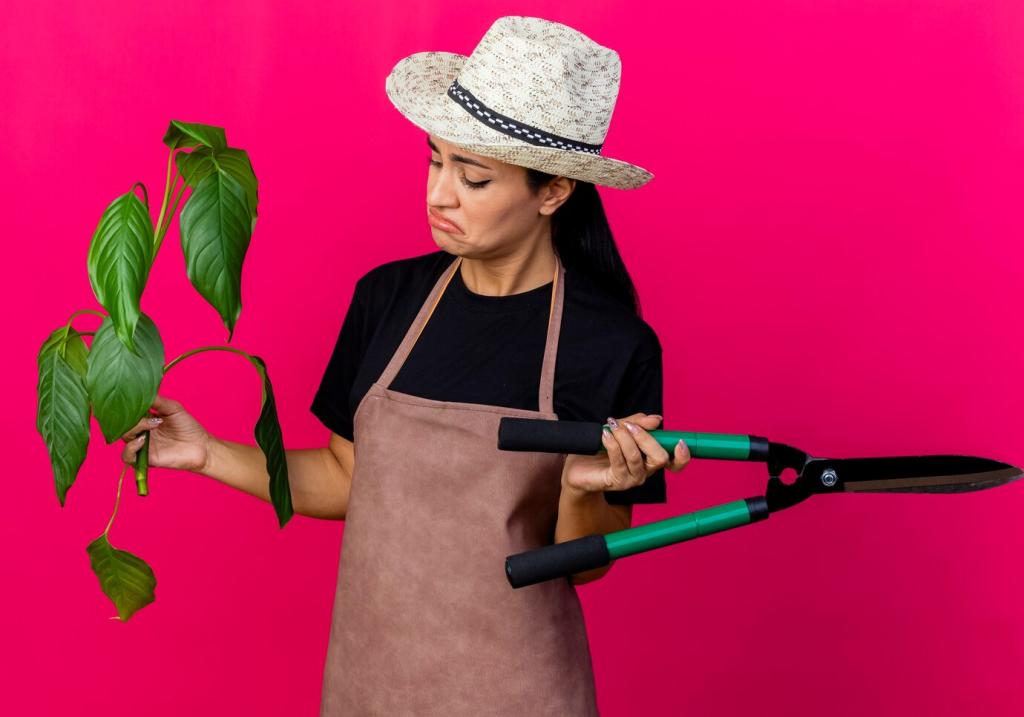Urban gardening has gained significant popularity over recent years, but water scarcity remains a critical challenge. City gardens face unique struggles, from limited space to changing weather patterns and urban infrastructure constraints. Embracing innovative water conservation solutions is not just beneficial–it’s essential for a sustainable, lush, and productive urban landscape. Below, explore some of the most effective and creative techniques tailored specifically for city environments.
Smart Irrigation Technologies

Sensor-based watering systems utilize soil moisture sensors and weather data to provide precise amounts of water exactly where and when it’s needed. Instead of watering on a rigid schedule, these systems adjust in real time, responding to the garden’s actual needs. This adaptation prevents overwatering and ensures each plant receives optimal care without wasting resources. By adopting such a method, gardeners can contribute to urban water conservation efforts and maintain thriving green spaces with minimal manual intervention.
Rainwater Harvesting and Reuse
Rooftop and balcony rainwater collection systems convert urban surfaces into efficient water gathering points. By channeling precipitation from impermeable surfaces into storage tanks or barrels, gardeners can amass a surprising volume of water for later use. This approach is particularly relevant in cities where outdoor space is limited, making rooftops and balconies ideal collection sites. Urban residents are empowered to minimize their environmental footprint while supporting vibrant gardens throughout dry periods.
Greywater recycling involves repurposing lightly used household water, such as from sinks or showers, for irrigation purposes. With proper filtration and safe handling, this water becomes an abundant resource for city gardens. Incorporating greywater systems reduces the demand for potable water while diverting waste from municipal treatment facilities. Thoughtful integration of these systems ensures that green spaces thrive sustainably, even under strict urban water restrictions.
Subsurface storage of collected rainwater enhances efficiency by minimizing evaporation and contamination. Water is directed from collection points into underground tanks or infiltration beds, which can then be tapped for irrigation needs as required. This discreet method conserves valuable space in city gardens while ensuring a steady water supply during extended dry spells. Employing underground storage also supports flood prevention and groundwater recharge, contributing to broader urban resilience.

